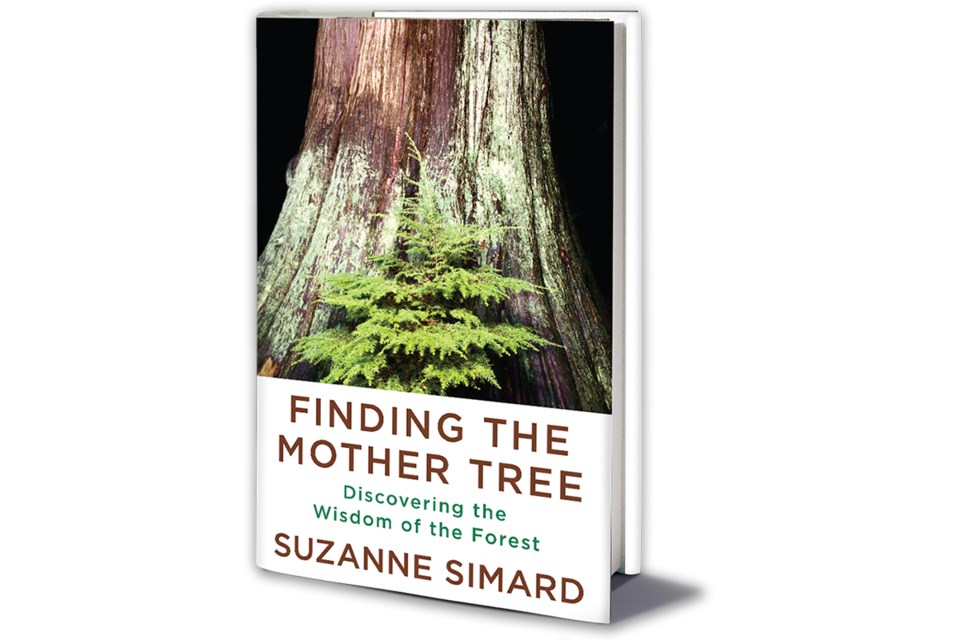I literally tripped over Suzanne Simard on page 152 of a book called Entangled Life. In it, scientist Merlin Sheldrake says “... in 1997 a Canadian PhD student Suzanne Simard, published the first study suggesting that carbon could pass between plants in the natural setting.”
She was the first person to understand what is now called the wood wide web. I immediately thought how exciting for her, what happened after that, what is she doing now, and of course I was very pleased that she was Canadian.
In Finding the Mother Tree: Discovering the Wisdom of the Forest Suzanne has integrated her complicated, busy personal and work life. She cannot cleave one part from another and still be whole. As the intensity of her academic work increased so did the pressure of family life. She reveals many difficult things as her life unfolds: the unexpected death of her brother, her marriage and the births of her children, the break up of her marriage, a new same-sex relationship and, most recently, the grim time of breast cancer treatment.
Suzanne grew up in a logging family, but one which logged sustainably, always leaving older trees intact. She loved the work and decided to work inside the logging industry, which unfortunately held the predominant philosophy of Free to Grow. Said differently, this means obliterating through roundup all unwanted plants and trees so that the fir of their choice could grow unimpeded.
Ironically, Suzanne proved in countless experiments that this method did not work. Trees grew best in communities. Through their fungal networks birch delivered carbon and water and other nutrients to fir trees, alder partnered with white pines. They aided and abetted each other.
She understood early on that the only way her discovery of this fungal network would be taken seriously was to get a PhD, become a professor and work with grad students to experiment and continually collect data. It is very hard to produce scientific results when you are not working inside a lab. Outside there is the weather, grizzly bears, deer, people who want to sabotage your work – but with determination and grit she and her cohorts have managed to turn the ship of opinion in a different direction.
She knew that she was on to something transformative and just had to wait awhile for the world to catch up.
I am very pleased to announce that Suzanne Simard will be the guest of The Bookshelf and The Arboretum for a virtual event. Save the date – Thursday Sept. 9 at 8 p.m.
I would love to hear her opinion about this issue. The Canadian government has pledged to plant two billion trees in the next 10 years to combat climate change. Is this possible to do in a diversified way so that these trees can live a long and healthy life and be part of the solution, not the problem?



